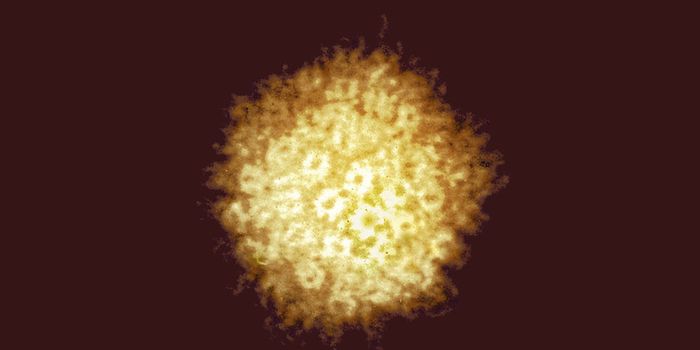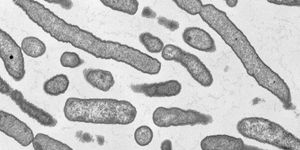'Wasabi' Receptor Can Detect Many Irritants
We're often exposed to irritants as mild as garlic or horseradish and as serious as smoke, which trigger a protective response. These chemicals and many others like formaldehyde, onions, or wasabi cause that response by activating a molecule carried by nerve cells in mucus membranes called TRP1A receptors. Scientists used cryo-electron microscopy to reveal the structure of the receptor at the atomic level in 2015, and now they have shown how it can recognize so many different chemicals and alert the body to get away from a noxious stimulus before damage happens.
Reporting in Nature, researchers David Julius, Ph.D., and Yifan Cheng, Ph.D. of the University of California San Francisco determined that sensory neurons carry TRPA1 receptors, which can attach to two places on a binding partner. Once bound, a kind of molecular switch flips that lets sodium and calcium ions move into the nerve cell, activating it. The activation sends signals about the noxious stimulus to the body.
Scientists are used to receptors that have a very specific molecular association with their ligand, which is often referred to as a lock-and-key relationship. TRP1A is different in that it's not that choosy about what it binds, it's more promiscuous and can bind to many chemicals that have different shapes. The receptor is seeking any chemical that poses a threat to sensitive tissues. Because two sites on the receptor have to be activated, there is some selectivity so chemicals that are not irritants will not activate the receptor.
“We think this is the protein's way of splitting the difference between being able to recognize many different chemical irritants, but also making sure you maintain sufficient sensitivity so that you don’t walk into a cloud of formaldehyde," said Julius, the Morris Herzstein Chair in Molecular Biology and Medicine and chair of the Department of Physiology at UCSF.
A team of researchers was able to capture images of TRP1A in different conformations as different molecules activated it. After analyzing these images, they could make predictions about how the receptor was working.
“What makes this paper beautiful,” Julius said, “was the close collaboration between [postdoctoral fellow Jianhua Zhao, Ph.D.] and [graduate student John King], which allowed us to reveal multiple structural portraits of TRPA1 in different phases of its activity, then modify the protein in the lab to test our ideas about its function.”
“I think this represents the future of structural biology,” added Cheng, a professor in the Department of Biochemistry and Biophysics and Howard Hughes Medical Institute investigator. “The days of just getting one structure and publishing a paper are over. Now we have the technology to tell complex, interesting stories about the molecular machines that make our cells function.”
TRP1A is also thought to play a role in different types of pain and itchiness, and in the bladder, these receptors can be overactivated by chemotherapy. The receptor is also a top target of drugs that are in development to treat pain without involving opioid receptor, and may also be useful in the treatment of pulmonary illnesses such as asthma that are exacerbated by irritants like smoke.
Sources: UCSF, Nature








